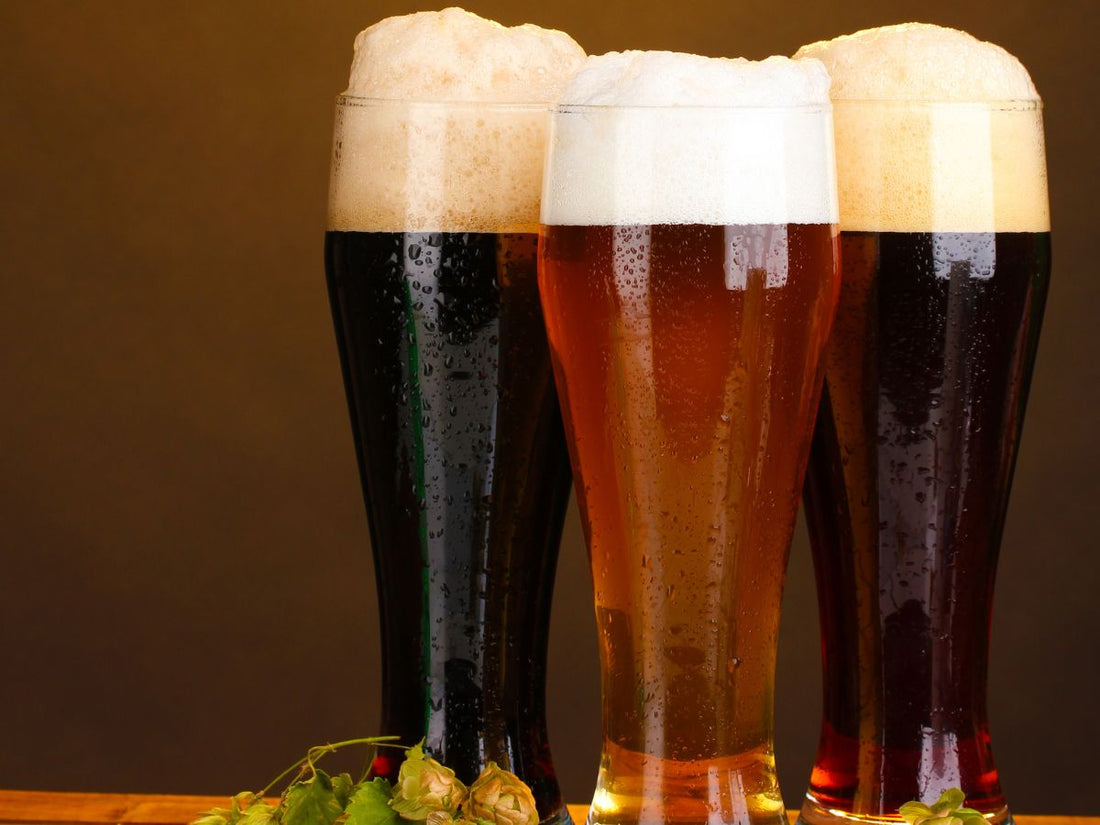Visit a Distillery in Galveston: Behind-the-Scenes Tours and Tastings
Visit a Distillery in Galveston: Behind-the-Scenes Tours and Tastings
Blog Article
The Ultimate Distillery Experience: From Grain to Glass, Every Little Thing You Required to Know
Embarking on a journey with the ins and outs of the distillery procedure introduces a world where science fulfills creativity in the production of spirits. From the careful selection of grains to the precise crafting of each container, every step in the manufacturing line plays a crucial duty in forming the last product that enhances our glasses.
The Art of Grain Option
Selecting the suitable grains is a critical action in the purification procedure, identifying the taste account and quality of the end product. The sort of grain selected significantly influences the character of the spirit being created - Galveston Whiskey. Usual grains used in distillation include barley, rye, wheat, and corn, each conveying distinctive tastes and qualities to the end product

Beyond flavor factors to consider, the top quality and purity of the grains are critical. Distillers diligently resource grains to guarantee they are without pollutants and have the essential starch content for fermentation. By grasping the art of grain choice, distillers lay the structure for developing remarkable spirits that mesmerize the taste buds.
Purification Refine Demystified
Having actually established the foundation with precise grain selection, the distillation procedure arises as the transformative phase where the significance of the chosen grains is unlocked and refined into a perky form. Purification is a systematic process that relies on the concept of dividing alcohol from a combination based on differences in boiling points. When the fermented mash is heated up in the still, the alcohol vaporizes at a reduced temperature level than water and other substances, allowing for its extraction. As the alcohol vapors pass and increase with the still, they condense back into liquid form, causing a greater evidence distillate. This distillate, additionally called the 'heart cut,' is the purest and finest section of the purification run. The procedure does not end there; numerous purification runs or additional actions such as aging in barrels may better fine-tune the spirit, enhancing its taste, character, and intricacy. Comprehending the complexities of the purification procedure is important for producing top notch spirits that mesmerize enthusiasts and aficionados alike.
Barrel Aging and Flavor Advancement
During the barrel aging process, spirits go through a transformative journey as they communicate with the wood, soaking up nuanced flavors and establishing a rich complexity. As spirits age in the barrels, they extract compounds such as vanillin, lignin, and tannins from the wood, contributing to the growth of fragrances like vanilla, sugar, seasoning, and also hints of toasted oak.
In addition, the aging procedure permits oxidation to take place, address bring about more chemical responses that smooth the spirit and round out any type of severe edges. The permeable nature of timber likewise enables the spirit to take a breath, facilitating the integration of tastes gradually. Depending upon the duration of aging and ecological problems like temperature level and humidity, spirits can acquire various attributes, from subtle timber notes to deep, complicated flavors that make each set special. Eventually, barrel aging plays a pivotal duty in shaping the distinct preference profile of each spirit, supplying a sensorial trip for connoisseurs to appreciate.
Workmanship in Bottling and Labeling
As spirits reach their optimum flavor accounts with barrel aging, the precise workmanship in labeling and bottling comes to be the next crucial action in providing a costs product to customers. The process of labeling and bottling is an essential facet of the overall distillery experience, as it is the last touchpoint prior to the product reaches the hands of customers (Galveston Liquor). Workmanship in bottling involves making sure that each bottle is filled specifically with the spirit, considering variables such as consistency in fill levels and the avoidance of any pollutants entering the bottle

Tasting and Valuing Fine Spirits
To fully appreciate great spirits, one have to involve all the senses in a calculated and conscious tasting experience. When tasting penalty spirits, it is necessary to start by observing the spirit's appearance. Swish the see this here spirit in your mouth to totally experience its appearance and preference.
Final Thought
Finally, the distillery experience encompasses the detailed art of grain choice, the accurate distillation procedure, the transformative barrel aging, the precise craftsmanship in bottling and classifying, and the innovative method of tasting and valuing fine spirits. Each step in the production procedure plays a critical duty in producing premium spirits that captivate the senses and joy lovers worldwide.
The type of grain chosen significantly affects the personality of the spirit being created. By understanding the art of grain choice, distillers lay the foundation for developing exceptional spirits that astound the taste buds.

Report this page